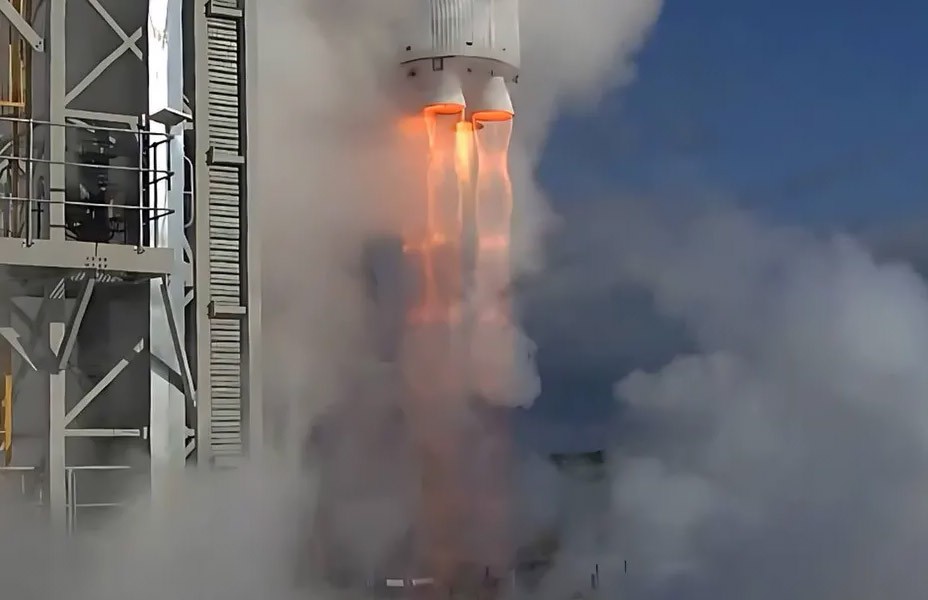India and the United States have successfully implemented one of the most ambitious projects of bilateral cooperation in the field of space — the launch of a remote sensing satellite called Nisar. The spacecraft was launched into orbit from the Satish Dhawan Space Center. The mission is aimed at monitoring tectonic shifts, deformations of the earth's surface, glaciers and ice shelves, as well as studying the effects of climate change.
The Nisar project is an advanced technology platform based on synthetic aperture radar, equipped with two radar systems in the L-and S-bands. These sensors provide highly accurate images even in cloudy conditions and at night, allowing you to collect critical data in real time.
The United States invested about $ 1.2 billion in the mission, making Nisar the largest Earth observation satellite program in the history of the U.S.-India space partnership. The device will provide an extensive array of data that will form the basis of early warning systems for natural disasters, assessing the consequences of floods, earthquakes, landslides and other natural disasters.
In addition, satellite data will be used to track the level of soil degradation, melting glaciers, and rising ocean levels, all of which are important for sustainable development, food security, and natural resource management.
The launch of Nisar is not only a technological achievement, but also a strategic step in strengthening India's role as one of the key players in the global space industry. The success of the project confirms the growing readiness of the Indian Space Research Organization for international cooperation in the field of satellite observations and scientific missions. In May of this year, it became known about the plans of the European Space Agency to participate in joint manned programs with India, which indicates the expansion of the country's influence in the space sphere.
The initiative, implemented in close coordination with the leading scientific and engineering structures of both countries, is of long-term importance for global monitoring of climate and geophysical processes. Taking into account the growing challenges of climate change and natural disasters, the launch of Nisar opens up new horizons for integrating data, technology and efforts for the benefit of all mankind.











